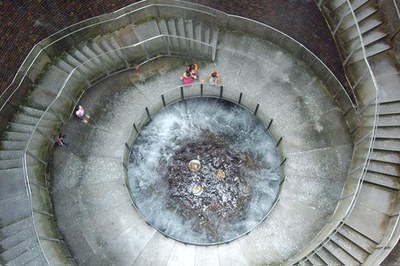
Saskia de Wit is assistant professor at the University of Technology in Delft, where she helped establish a master track in landscape architecture and now teaches landscape architecture, planting design, landscape theory, and history. She also leads her own office, Saskia de Wit garden and landscape, with realized works in the Netherlands and Switzerland. Studying for her master’s degree in landscape architecture at Wageningen University—a life science university—she was introduced to the notion of landscape architecture as a transformation of the existing landscape. During an exchange year at Delft University, architecture—design of space—and an integral connection to urbanism were added. Her resulting interests in both the garden and the characteristics of landscape are expressed in several books, papers and articles, notably The Enclosed Garden (co-author R.A.A.J. Aben; 010 Publishers 1999), and Dutch Lowlands (SUN publishers 2009). Gradually her focus deepened on the garden—as the most condensed expression of landscape—as a core of the discipline of landscape architecture and in 2014 she finished her PhD research Hidden landscapes, the metropolitan garden and the genius loci.
Currently she is working on transforming her PhD research into a book narrative for a broader audience, and while at Dumbarton Oaks she’ll be working on two essays on the role of interstitial spaces in the metropolitan landscape, and on the sensorial properties of place. These notions come together in her understanding that interstitial spaces might hold keys for the opening up to, often hidden, landscape qualities “underneath” the metropolitan tissue, qualities that can be defined as “place,” if they can be perceived as such.